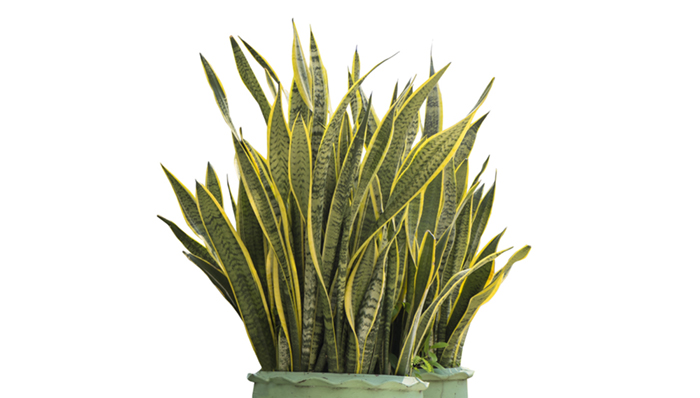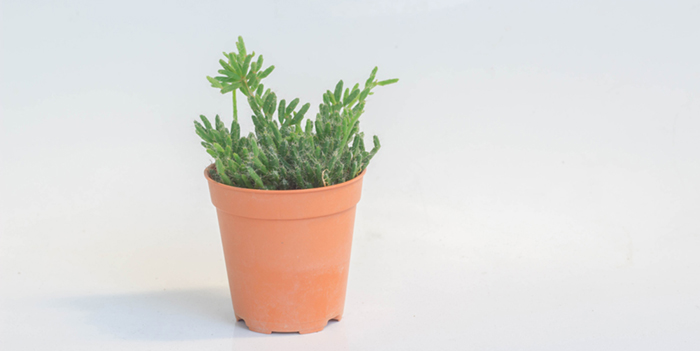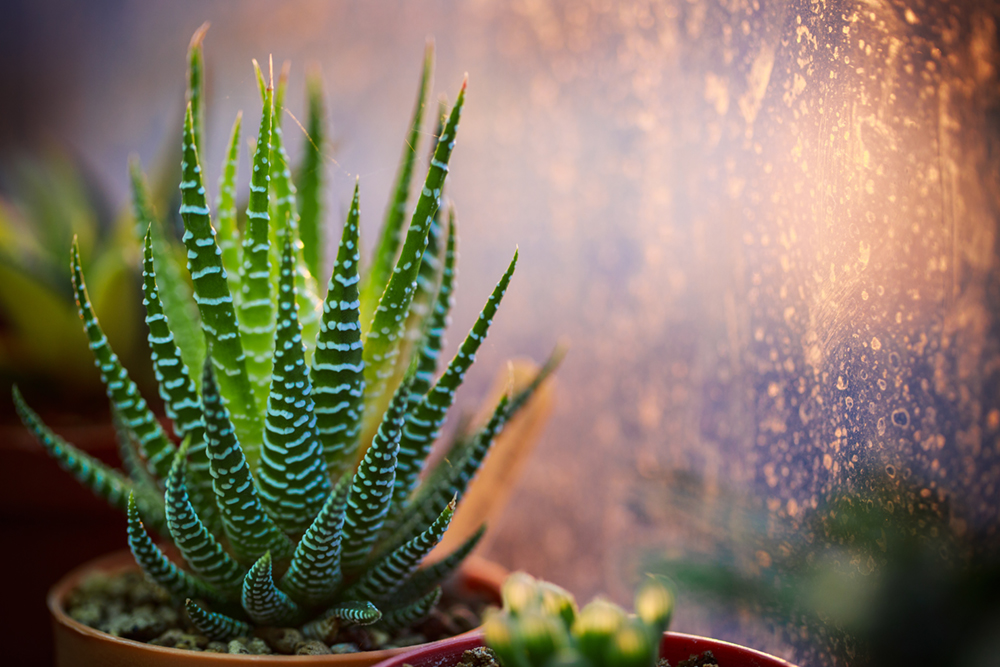My wife and I had no problem taking care of more than 100 houseplants in our tiny apartment, but becoming both parents and homeowners practically overnight forced us to adapt in ways we had never imagined.
Even my easiest houseplants became neglected as we struggled to adjust, and they coped with new light levels and a crawling, small-object-devouring infant. If my houseplants didn't fit into our new lifestyle, they were quickly adopted by the warm embrace of friends, or failing that, the compost heap.
For a plant to be versatile, it must tolerate or even embrace change. When you're busy with a move, breakup, or illness, that plant should say, “It's okay, bro. I'll be here for you, even if you forget to water me.”
But that's not enough. A truly versatile plant can be made smaller in a pinch, or transformed into new plants by rooting cuttings and divisions.
The following four plants are easy to grow, but they don't just sit there and survive the chaos of your life. They adapt and thrive.
Dracaena
Kicking off this list is a houseplant so common you can hardly visit a doctor's office without one reading a Highlights magazine over your shoulder in the waiting room. Since they're usually grown as tall floor plants and kept in a corner, the Dracaena might not seem very adaptable. But to the contrary!

When your plant gets too tall or outgrows its pot, cut back those canes and dip the trimmed ends in rooting hormone. Put 4-inch-long canes in a bag of coir/sphagnum moss, place them in bright, indirect light, and pot them once roots have begun to branch out.
Ta da! Your original Dracaena will re-sprout as a shorter and fuller plant, and you'll have new baby Dracaena plants to pot up.
Mistletoe cactus (Rhipsalis species)
True story: I gave out Rhipsalis cuttings as wedding favors, and even used cut stems in the flower arrangements. A year after the wedding, the stems that my mother kept in the vase had rooted and thrived in nothing more than water, and the leftover cuttings that I casually tossed in my ficus pot were doing just as well.
These rainforest cacti look a lot like green spaghetti to the uninitiated, but the next time you see some for sale in a hanging basket or among the succulents, buy one immediately.

Rhipsalis species readily adapt to light levels ranging from those of a dimly lit room to a sunny porch. They handle anything from drought to moist soil, but will rot if left in waterlogged soil.
Stems are easily rooted in anything from potting mix to perlite, or even in nothing more than a glass of water. Eventually, they will treat you to delicate little white or creamy flowers, followed by decorative berries.
Air plants (Tillandsia species)
You can't ask for a more versatile plant than a tillandsia. Care instructions differ depending on species, but generally speaking, they require no soil and only need to be watered (via misting, faucet or dunking) two or three times a week.

I kept some in my shower along with an orchid for almost two years, where they received nothing more than shower steam and occasional sprays of water. By the time the whole shower caddy collapsed under their weight, my orchid and air plants were thriving.
Other small bromeliads (Neoregelia 'Fireball', Aechmea gamosepala and Vriesea carinata, to name a few) are just as versatile, though they usually need to sink their roots into some coir or orchid bark. Fill the cups with water whenever they dry out, letting water spill over to wet the roots.
Divide established clumps of Tillandsia or other bromeliads by twisting off the stems at their bases, and repotting.
Haworthia
These southern African aloe relatives have yet to catch on with the general public, but it's only a matter of time. The majority of Haworthia (and Gasteria) species are relatively shade-tolerant as far as succulents go, they survive just about everything but waterlogged soil, and established clumps are very easy to divide into new plants.

Provided they get enough light, they also make an excellent “groundcover” planting beneath taller plants such as Dracaena or Ficus. I've tucked them into many of my containers and have planted them in protected spots all over my zone 9a Florida garden, where they survive toddler tramplings on a regular basis.
Related:
- Air Plants and Succulents: A Perfect Pair
- The 5-Step Plan for Refreshing Tired Houseplants
- Turn Your Home Into a Tropical Oasis with Easy-Care Palm Plants
from Zillow Porchlight | Real Estate News, Advice and Inspiration http://www.zillow.com/blog/versatile-houseplants-193149/
via Reveeo
No comments:
Post a Comment